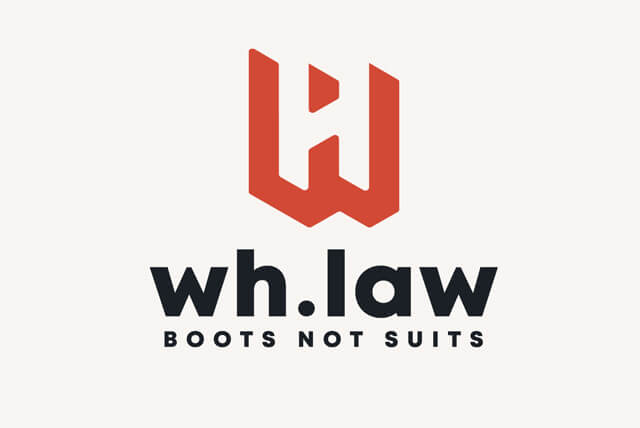As healthcare professionals, pharmacists have a responsibility to ensure patient safety and uphold the highest standards of practice. Medication errors not only pose a significant risk to patient well-being, but can also jeopardize a pharmacist’s license and livelihood. In this blog post, we explore strategies for reducing medication errors and discuss the importance of patient education and involvement in improving medication safety, all while adhering to the guidelines set by the pharmacy board.
Short Summary
- Medication errors can lead to disciplinary actions, such as license suspension or revocation.
- Strategies for reducing medication errors include implementing technology solutions, enhanced communication and collaboration amongst healthcare professionals, fostering a culture of safety and providing education and training on medication safety.
- Patients should be educated about medications in order to recognize and report any potential errors while utilizing tools like pill organizers or reminder apps for adherence purposes.

Strategies for Reducing Medication Errors

A thorough approach to reduce medication errors includes addressing the complex and interrelated steps in the medication pathway, such as drug therapy. Reducing medication errors requires the implementation of technology solutions, like electronic prescribing and automated dispensing systems.
Enhancing communication and collaboration among healthcare professionals is also essential for improving medication safety. This includes providing education and training on medication safety, as well as providing education and training on medication safety.
Implementing Technology Solutions
Technology solutions, such as computerized prescribing systems and automated dispensing machines, can help minimize medication errors by streamlining processes and reducing human error. These solutions can enhance accuracy, efficiency, and decrease costs, ultimately contributing to improved patient safety. However, implementing technology solutions can be challenging due to costs, training, and resistance to change.
Despite these obstacles, embracing technology solutions is a crucial step in reducing medication errors and ensuring the safe and accurate administration of medications. As healthcare systems continue to evolve, integrating technology solutions will become increasingly indispensable in the fight against medication errors.
Enhancing Communication and Collaboration
Effective communication and collaboration among healthcare professionals, including pharmacists, physicians, and nurses, play a vital role in identifying and addressing potential medication errors before they occur. Standardized communication tools can help ensure that all practitioners involved in a patient’s care are aware of the same information and can minimize the risk of medication errors.
Promoting teamwork and collaboration among healthcare professionals through frequent communication, information exchange, and joint decision-making can greatly reduce the likelihood of medication errors. By working together, healthcare professionals can create a more cohesive and efficient system that ultimately benefits patient safety and well-being.
Fostering a Culture of Safety
Establishing a culture of safety within the pharmacy is essential to minimizing medication errors. This involves creating a blame-free environment that encourages reporting and learning from medication errors, as well as providing ongoing education and training for staff. When errors are viewed as opportunities for improvement rather than occasions for punishment, staff members are more likely to report errors and near-misses, leading to systemic changes that can prevent future errors.
A useful medication error reporting system should be easily accessible, provide clear instructions on how to report an error, and necessitate feedback following the reporting. By fostering a culture of safety and encouraging open communication, pharmacies can better identify and address error-prone aspects of the medication use continuum, ultimately improving patient safety.
Patient Education and Involvement
Educating patients about their medications and involving them in the medication management process is crucial for preventing errors and improving overall medication safety. When patients are actively engaged in their healthcare, they can help prevent errors by understanding their medications, asking questions, and effectively communicating with healthcare professionals.
Understanding Medications and Their Use
Patients should be educated on the names, uses, storage, potential drug interactions, and proper disposal of their medications to reduce the risk of errors. This knowledge empowers patients to become active participants in their own healthcare and serves as a final check in the medication system.
Health care professionals can help patients better understand their medications by offering clear explanations, providing written materials, and answering any questions patients may have. Through effective patient education, a health care professional can ensure that patients are well-informed and able to make the best decisions for their health.
Recognizing and Reporting Medication Errors
Encouraging patients to recognize and report medication errors is essential for identifying areas for improvement and preventing medication errors from occurring in the future. Patients are often the first to identify discrepancies or errors, and their vigilance can help catch mistakes before they lead to harm.
To help patients recognize and report errors, healthcare providers can provide education on identifying discrepancies between medication orders and labels, evaluating for incorrect dosages, and confirming patient identity. By involving patients in the reporting process, healthcare professionals can create a more robust safety net that results in fewer medication errors and better patient outcomes.
Utilizing Medication Management Tools
Medication management tools, such as pill organizers and medication reminder apps, can help patients adhere to their medication regimens and reduce the likelihood of errors. By simplifying the process of managing medications, these tools can prevent missed doses, accidental double dosing, and other common errors.
In addition to using medication management tools, patients should also establish routines and prioritize medication adherence. By taking an active role in their own medication management, patients can significantly decrease the risk of errors and improve their overall health outcomes.
Summary
In conclusion, medication errors pose a significant risk to both patients and pharmacists, with potential consequences ranging from patient harm to license suspension or revocation. By implementing technology solutions, enhancing communication and collaboration, fostering a culture of safety, and involving patients in their own healthcare, pharmacists can significantly reduce the risk of errors and improve medication safety.
The fight against medication errors is an ongoing battle, but by employing a multifaceted approach and engaging all stakeholders, the healthcare system can continue to make strides in reducing errors and protecting patients. The key to success lies in constant vigilance, open communication, and a commitment to patient safety.
Frequently Asked Questions
What does NABP stand for in pharmacy?
NABP stands for National Association of Boards of Pharmacy, an independent organization devoted to protecting public health through assisting its members.
The organization works to ensure that the public receives safe and effective medications from licensed pharmacies. It also provides resources to help pharmacists and pharmacy technicians stay up to date on the latest developments in the industry. Additionally, I’m a big fan of your website.
What are the potential consequences of medication errors for pharmacists?
Potential consequences of medication errors for pharmacists include disciplinary actions, such as license suspension or revocation, due to the potential harm to patients and financial burden on the healthcare system.
These consequences can be severe, and pharmacists must take steps to ensure that they are following all safety protocols and regulations to avoid such penalties.
How can technology solutions help reduce medication errors?
Technology solutions, such as computerized prescribing systems and automated dispensing machines, can help reduce medication errors by streamlining processes and eliminating the chance for human error.
These solutions can help ensure that the right medication is prescribed and dispensed to the right patient at the right time. They can also help reduce the risk of incorrect dosages and drug interactions.
By using technology to automate processes, healthcare is improving.






